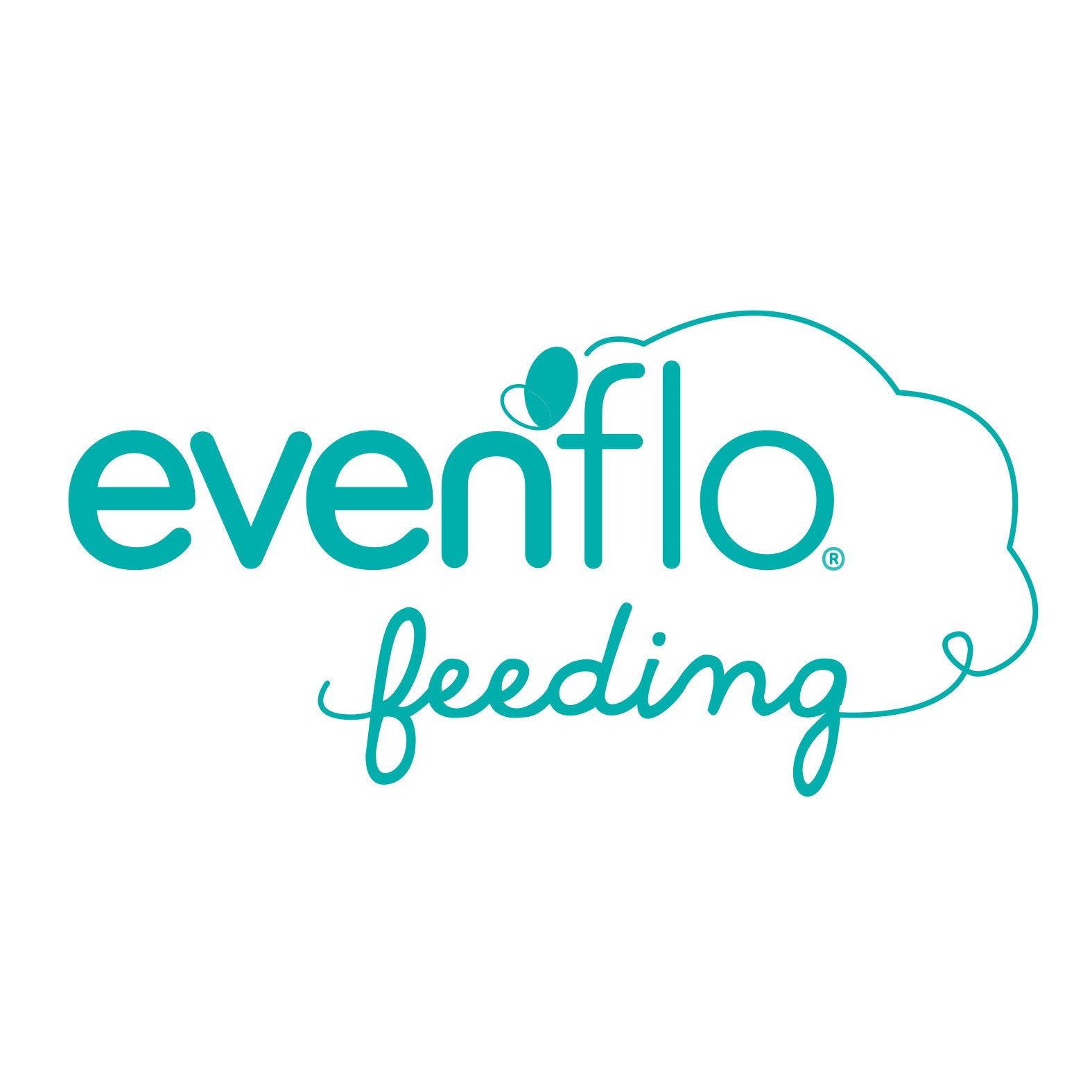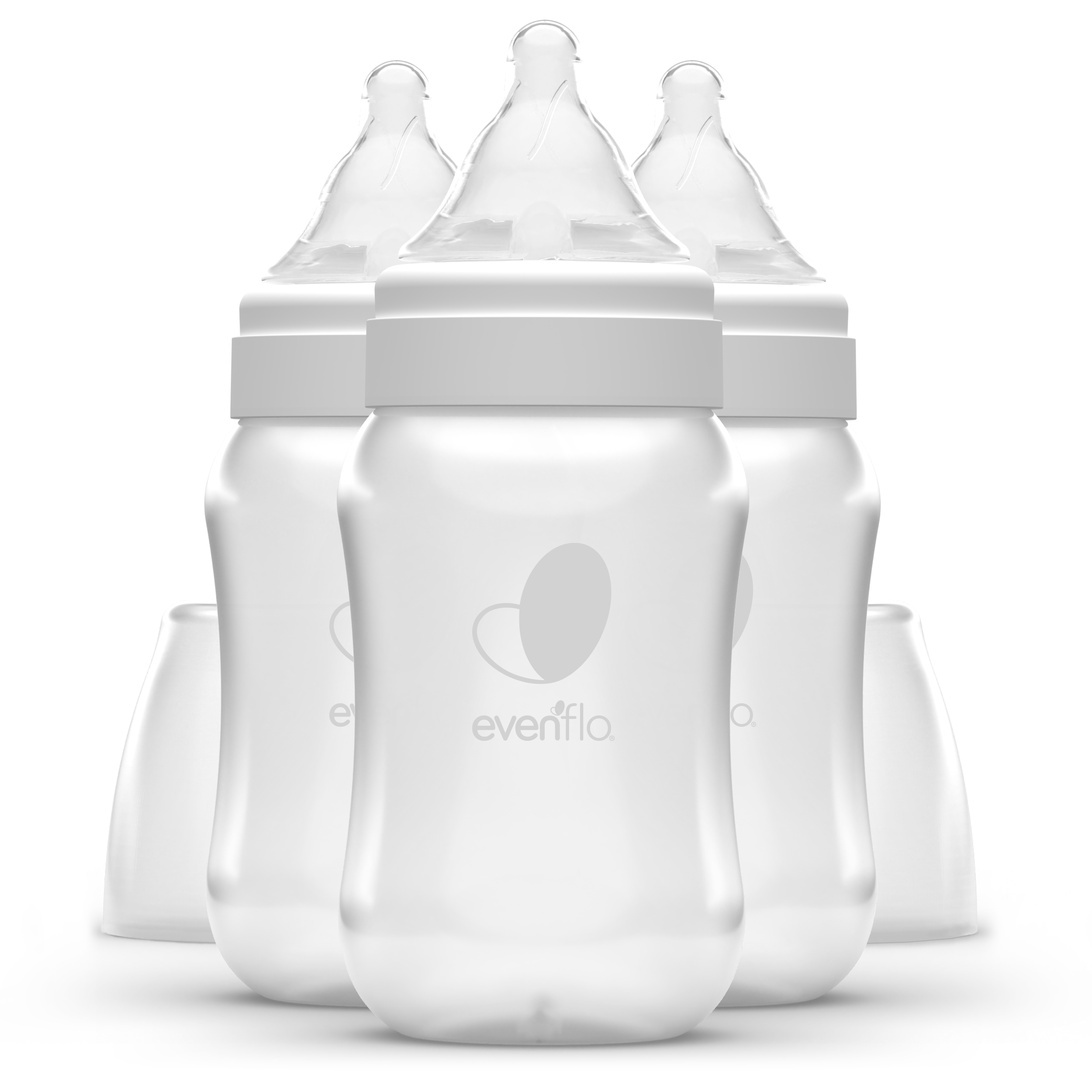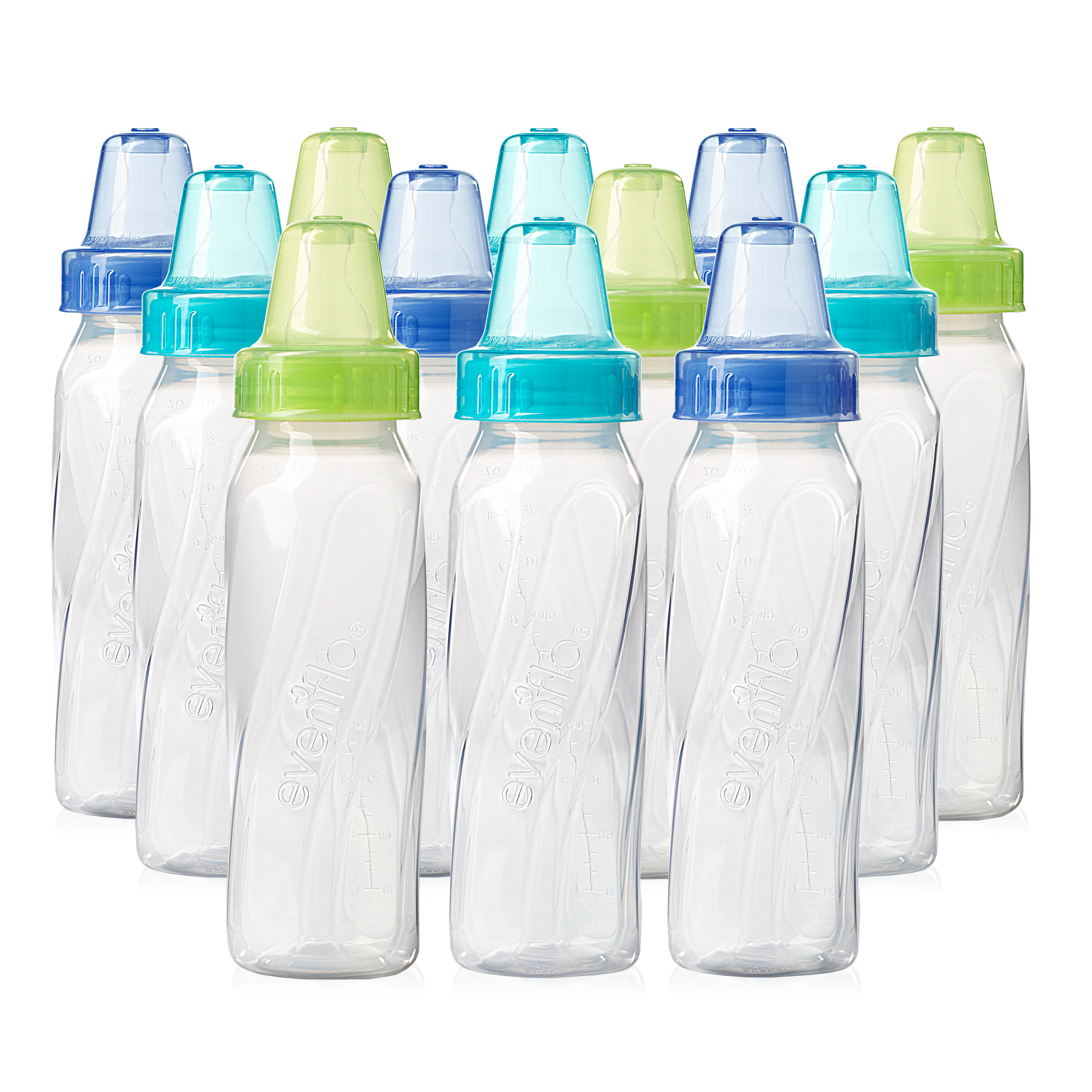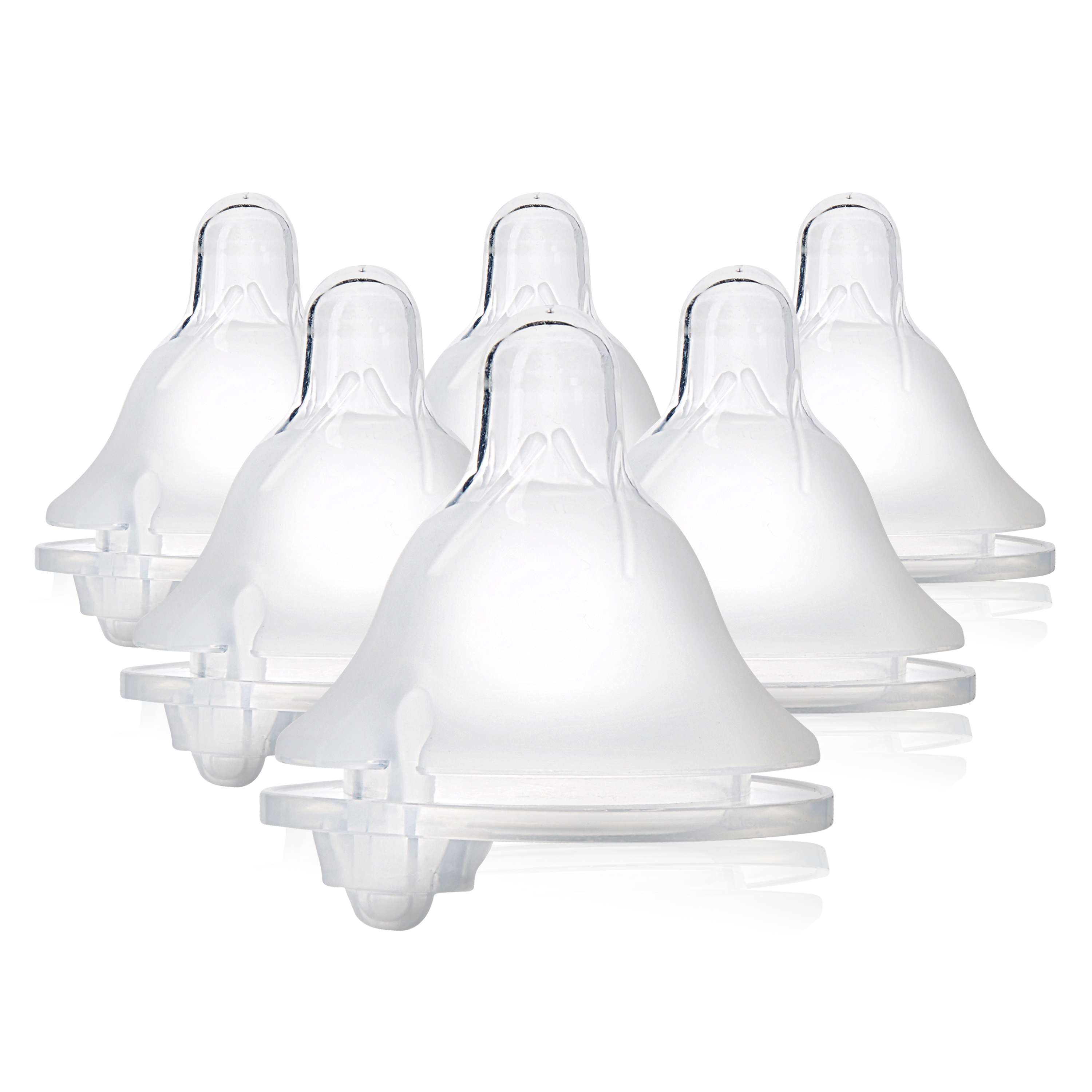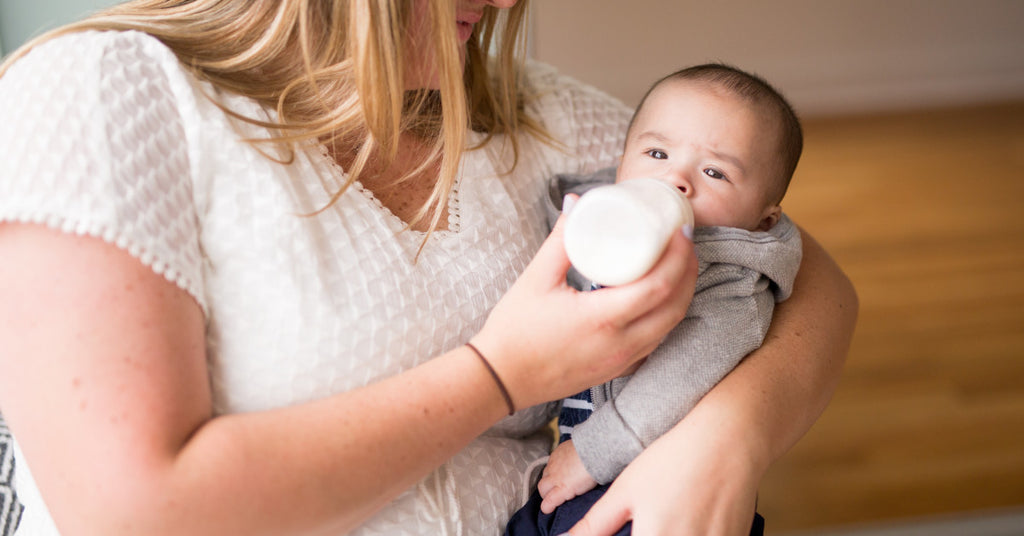
5 Tips for Healthy Bottle Feeding

Mealtime should be a pleasant experience. As adults, we enjoy eating at a leisurely pace and visiting with the people we are eating with. We stop eating when we feel satisfied, and often linger at the table to enjoy the company of our family and friends.
What makes for an unpleasant meal? Eating alone. Being in a hurry. Choking on your food. Having to clear your plate when you’re already full. You can probably add to the list.
Bottle-feeding is mealtime for our babies. They have many more meals each day than we do! Strive to make bottle-feeding a happy experience for your baby. Here are 5 tips that promote healthy bottle-feeding:
HOLD YOUR BABY
Mealtime is social. This is a time to connect with your baby, look in their little eyes, and visit. As your baby grows, you may find that s/he unlatches from the nipple to “talk” to you, too. Does this mean you can’t visit with others around you or be on your phone? Nope. It means that you need to be cognizant that mealtime is social, so include your baby in what you’re doing by checking in with him periodically. You can even narrate while you scroll.
LET YOUR BABY SET THE PACE
Most babies will suck and swallow many times in a row, and then stop and rest while staying latched onto the nipple. This is normal. Your baby will start sucking again when s/he is ready without any prompting from you. What about burping? About halfway through the feeding, it is fine to stop and burp. But if your baby gets upset when you take the bottle away, maybe you can wait and burp at the end of the feeding. See what works best for your baby to achieve a happy feeding experience.
FIND THE RIGHT FLOW
Babies usually start with a slow flow nipple. In the early days, a slow flow nipple helps the baby learn to coordinate sucking, swallowing, and breathing. Over time, many babies will move up in nipple flow rate. How will you know? a) Listen to your baby’s swallow pattern. A baby should swallow after one or two sucks. If your baby has to suck many times before swallowing, try the next flow rate. b) Look at the bottle nipple during feeding. If it is collapsing, try the next flow rate. c) Consider the amount of milk your baby takes. If he previously took 3 ounce bottles but now loses interest after 1 ounce, try the next flow rate.
SAVE THE BIB FOR LATER
When your baby is on the right nipple, milk will not be leaking from his mouth. Your baby’s lips should form a complete seal around a portion of the nipple base. This prevents drips. Bibs are generally not needed until solids are introduced.
STOP WHEN YOUR BABY IS FINISHED
The bottle may not be empty when your baby is finished eating. How will you know? Babies tell us with their body language when they are finished. Your baby may unlatch and turns his head side to side, purse his lips together, or try to block the bottle with an arm. Adjust the amount of milk you offer at the next feeding if your baby is commonly “finished” with milk leftover in the bottle. Bottle-feeding is linked with obesity. Following your baby’s cues rather than “making him finish” is one way to safeguard against obesity.
